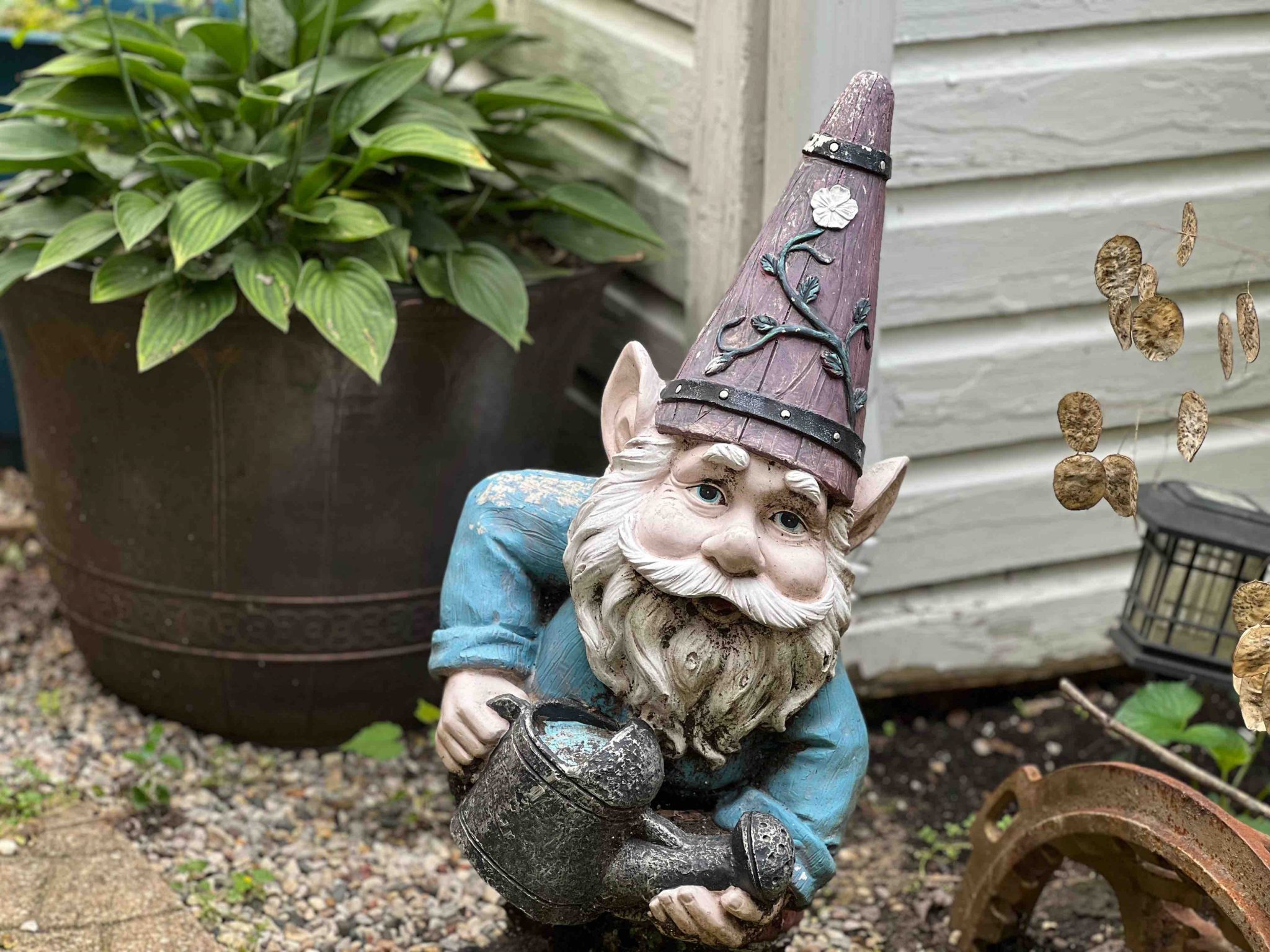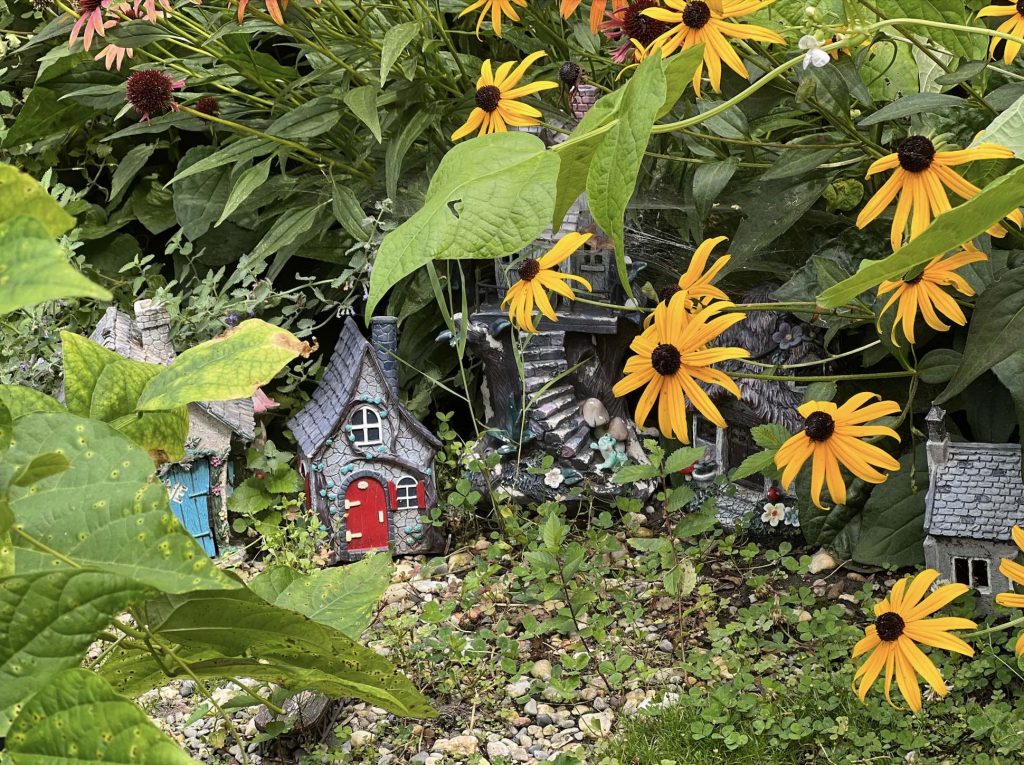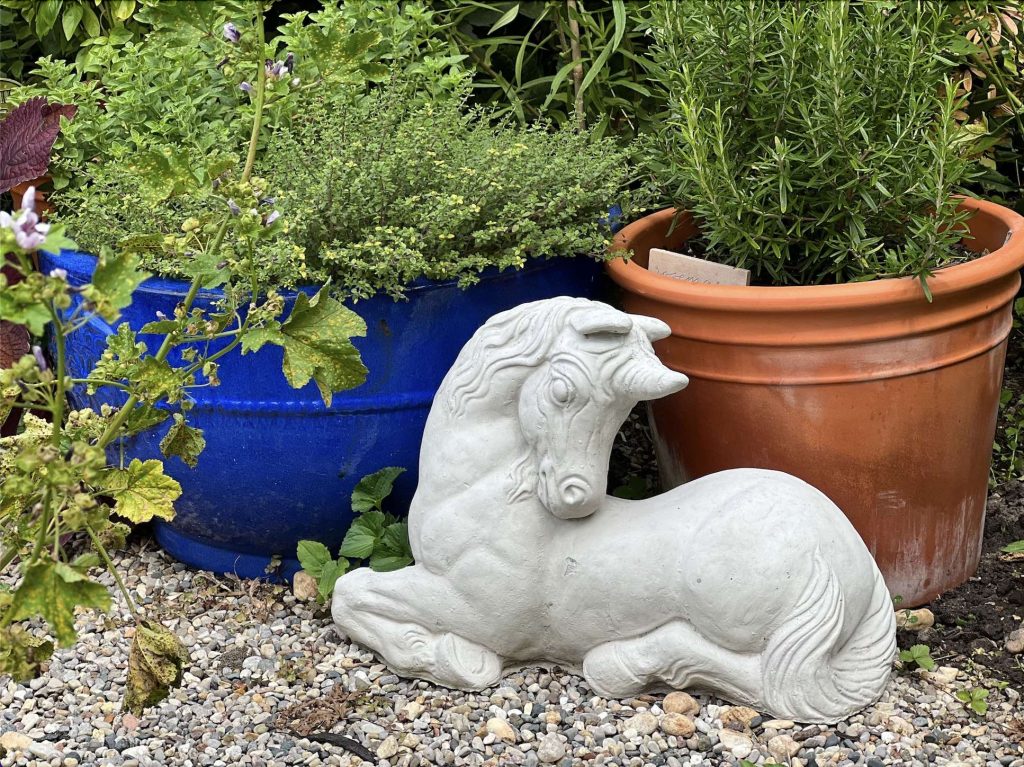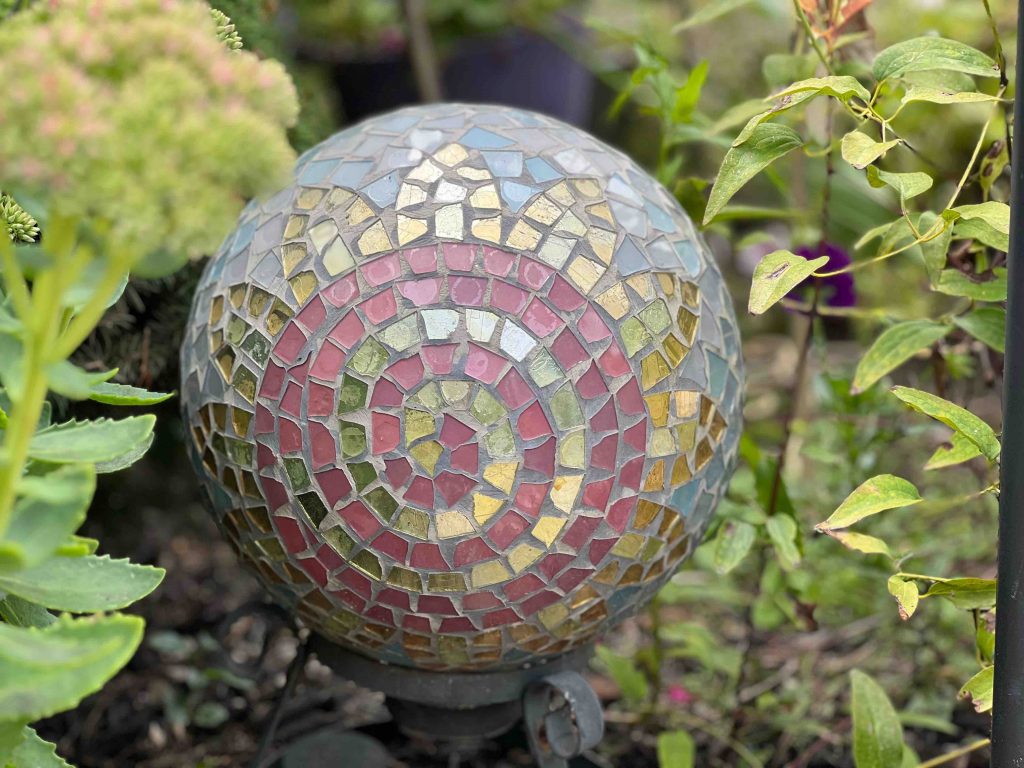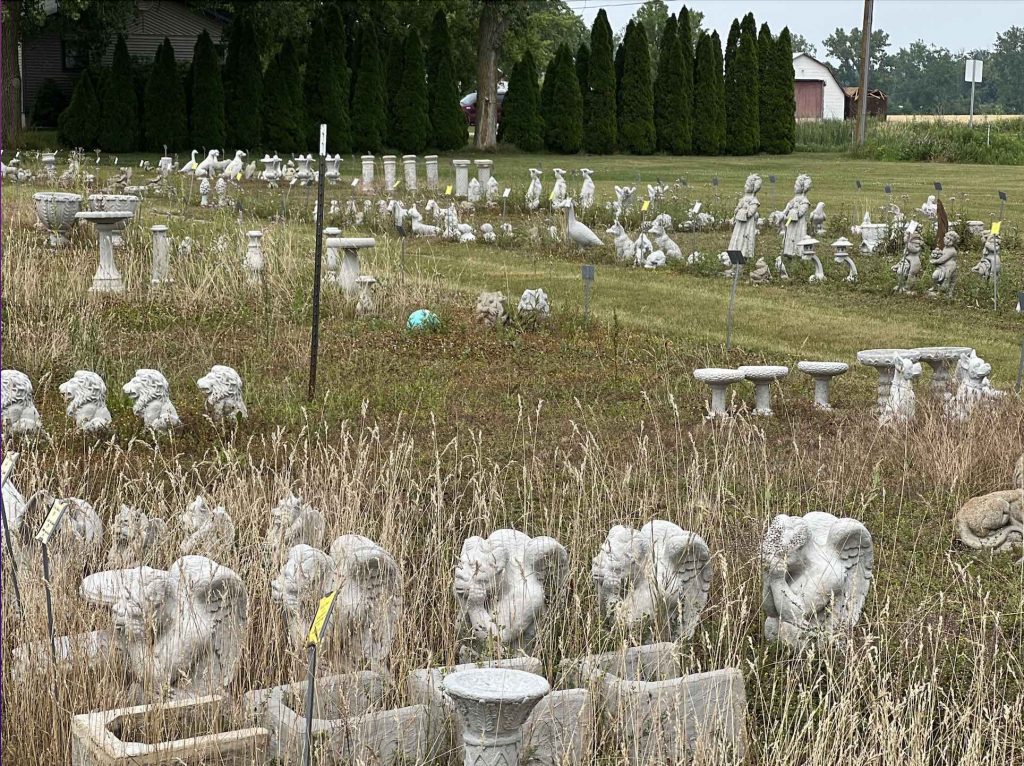When I was young, I was able to visit my Grandparents in Wales. This only happened a couple of times because Wales is much farther to travel than say, Ohio. On one of these trips, my grandmother purchased for me a little statue of a toad. I thought this was absolutely the coolest gift she could have gotten me, and I couldn’t wait to bring it back to Michigan. However, she informed me, the toad was not going to be getting on that plane when I left. The toad was going to live in her garden, so that every time she looked at it, it would be like a part of me was there with her.
Of course, at the time, this did not seem like a good deal for me, but I remember being a good sport about it. I didn’t know it then, but my grandmother, or any of my grandparents for that matter, would never see me past the age of ten, and that toad represented me way more than I ever represented myself. As the years go by, I often think about how little time I got to spend with her, but somewhere, if even in a landfill somewhere across the world, that toad still exists. In a way, it gives a sense of permanence to a very impermanent relationship.
When I first moved back to Michigan and started my garden, one of the first things I purchased was a little old statue of a toad. My garden wouldn’t feel complete without it. In the four years since, that little toad has been joined by an ever expanding menagerie of classical statues, garden gnomes, fairy houses, gazing balls, and other randomness, because, once I start collecting things, it quickly gets out of hand.
- My Fairy Garden
- Mr. Unicorn Guards the Herbs
If you’re looking to spice up your garden with some permanence of your own, here is an overview of all the garden ornaments I just mentioned.
The first group of ornaments are what I like to consider “classical” statues. These are usually of angels, gods and goddesses, animals, or normal non godlike people. The practice of pairing plants and statues goes back to the ancient Greeks and Romans, who liked to have depictions of various gods amongst their flowers. This was, of course, a very smart thing to do, and so people have been doing it ever since. These statues were made mostly of marble and bronze, which is very nice, but a little bit out of my budget. I gravitate towards good old American concrete, and my favorite place to purchase said concrete effigies is a glorious place up in Auburn, Michigan called Warmbier Farms.
We first found this place on our way to Dow Gardens, which is just up the road, and were floored by the sight of a field of statues! I knew at that moment it was going to become a very special place for me, and now every year, on our way back from up north, I have to save some room in the car for whatever I can fit in. They pour all of the statues themselves with over 1800 unique molds, so the prices are much better than if you got one from a normal garden center. The Garden center itself is also amazing and has a wonderful selection of plants and other garden ornaments, but that is not why I make my yearly pilgrimage. For me, it’s all about the concrete.
- Gazeless Ball
- The Fields of Warmbier
I love Garden Gnomes, my wife does not. This difference of opinion has at times become contentious, but we have found a solution. I don’t buy them anymore, and the ones that I have are strategically hidden. A rather large Gnome that I used my then three year old daughter to break the tie in my favor as to whether we would buy it or not, now lives behind the garage. I visit him often. Although Garden Gnomes have been around in some function since ancient Rome, it wasn’t until the late nineteenth century that we got what we now think of as a gnome. You know, the bearded little guy with a red cap. We have Philipp Griebel to thank for that. While you’re at it, you can also blame all those annoying Travelocity commercials on him as well. Him and Amélie.
If you like Gnomes, and you are allowed to own them, you have a wide variety of styles to choose from these days. Other than the classic Garden Gnome, who usually just has a watering can, you can now buy gnomes doing all sorts of things. There are gnomes doing everything from drinking beer and smoking bongs, to riding a T-rex and waving an American flag. I actually owned the latter, because I thought it was hilariously irreverent, but I don’t anymore. I owned it for a very brief moment, but it now belongs to a friend of mine, because I love my wife and would like to remain married.
Every year, my family has a “tacky” gift contest at Christmas and this last year I took home a small pair of gnomes that are mostly naked. They live in a cupboard in my kitchen. I have no plans to have them in my garden, but I might release them into the wild at one of the various nature centers I frequent. They might be a fun discovery for someone. Is that considered littering?
The idea of Fairies has been around a very long time, but the modern Fairy Garden was developed in the mid Twentieth Century by Anne Ashbury, a garden nursery owner in England. I think Fairy Gardens are amazing, for the same reasons that I love Christmas villages. I use my daughter as an excuse for collecting all the little houses that exist out in the garden, but everyone knows who they are really for. You can pick these up at just about any garden center, or if you’d like, think outside the box and build your own little dwellings for the fairy folk. I’m sure that they will appreciate it, and refrain from playing tricks on you.
Gazing balls are exactly that; Bowling ball sized things to look into and see reflections of your garden. We have two of these objects in our garden, and they both are symbolic of our time in Chicago. One is a metallic silver that reminds us of the Cloud Gate sculpture, better known as “the bean”, and the other is made of mosaic tiles and reminds us of this great mosaic business that shared the same art building as our Letterpress Studio for five years. Granted, the latter ball doesn’t offer any gazing, per se, but we love it anyway.
You might have noticed that I haven’t mention flamingos. That is because they are a nonstarter at my house. Otherwise, I would have many of them. It’s probably better this way. I think that they don’t really belong in gardens as much as on front lawns, and I no longer have a front lawn. I guess we don’t really belong in each other worlds. Side note, I guess they’re from Massachusetts and not Florida. Weird.
Lawn ornaments definitely add some fun to your outdoor spaces and are worth embracing. Whether you choose to go in a tasteful direction or jump off the cliff into complete tackiness, or go both ways like myself, it is important to make sure you have fun with it. In a way, they are extensions of ourselves and help us feel more connected to parts and points of our lives. I like to imagine that someone still has that little toad in their garden somewhere in Wales.
__________________________________________________________
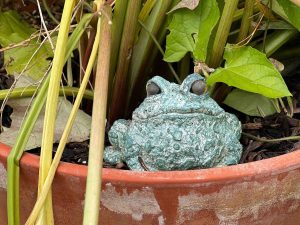
Jamiel Dado is passionate about plants (and garden ornaments) and wants to spread his love of gardening to anyone who will listen.

